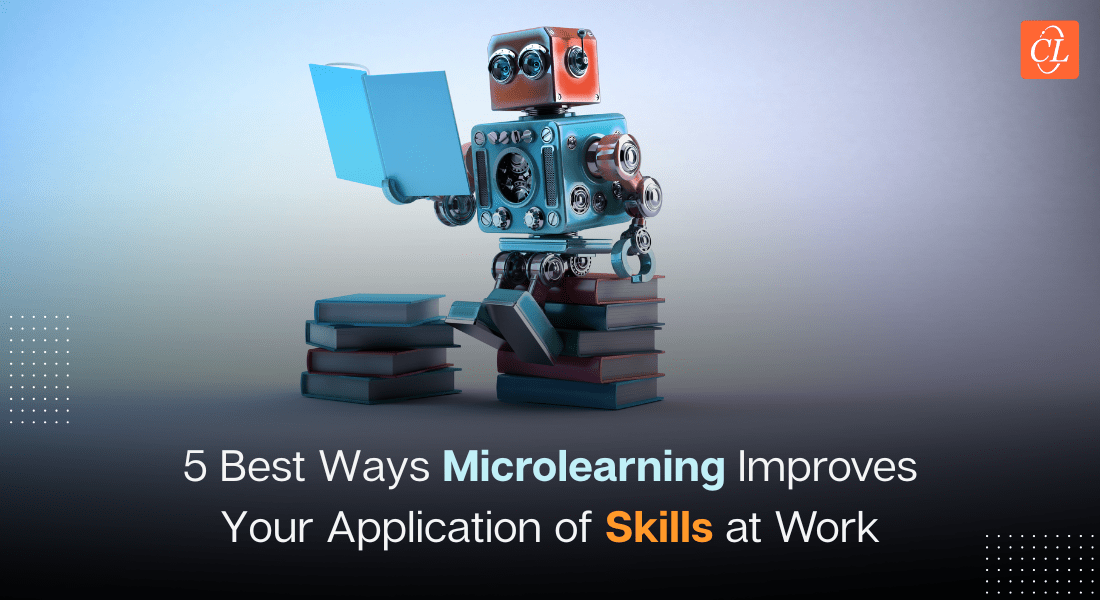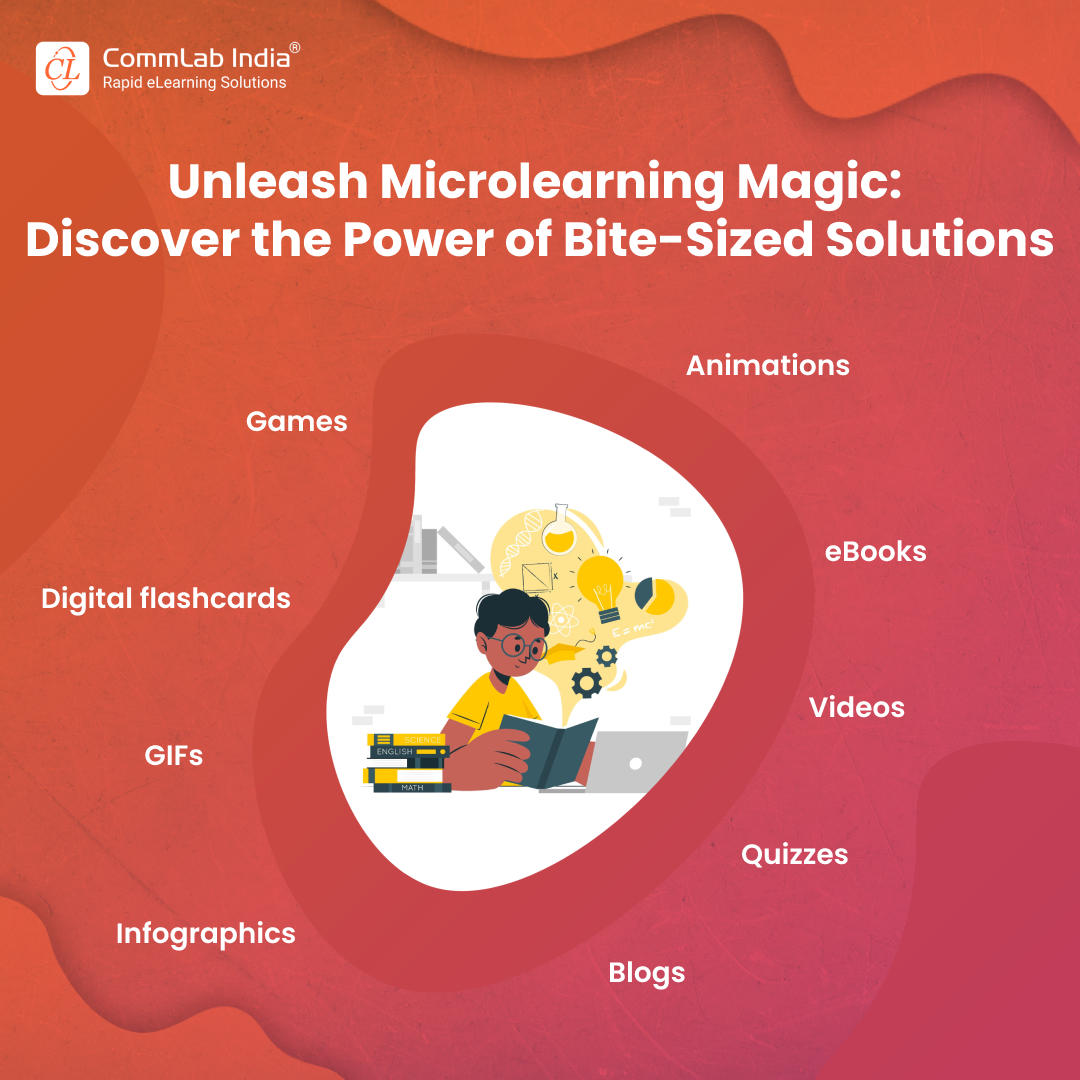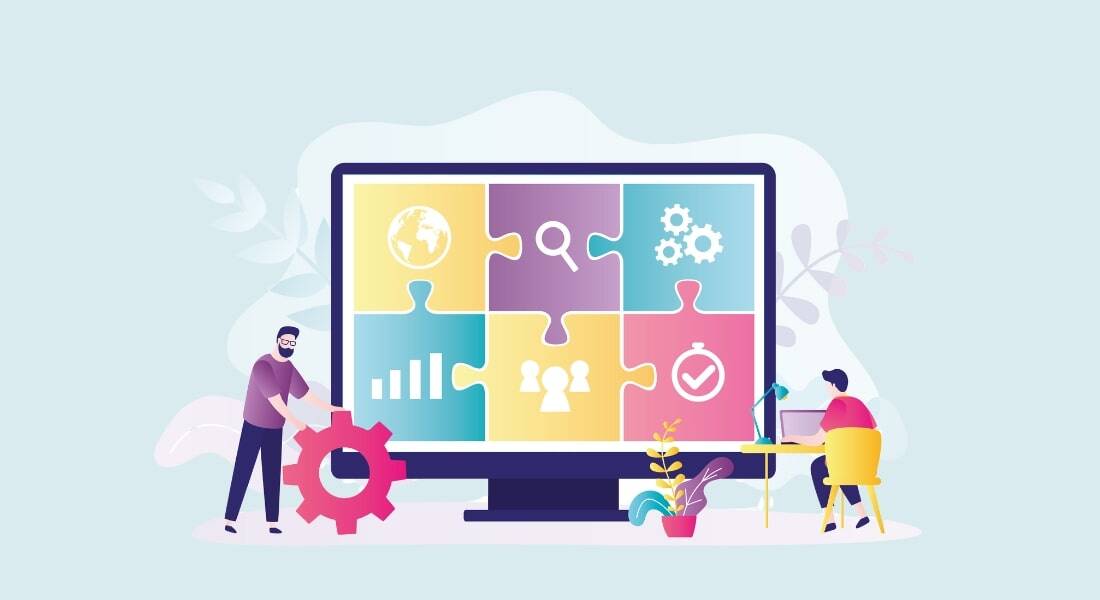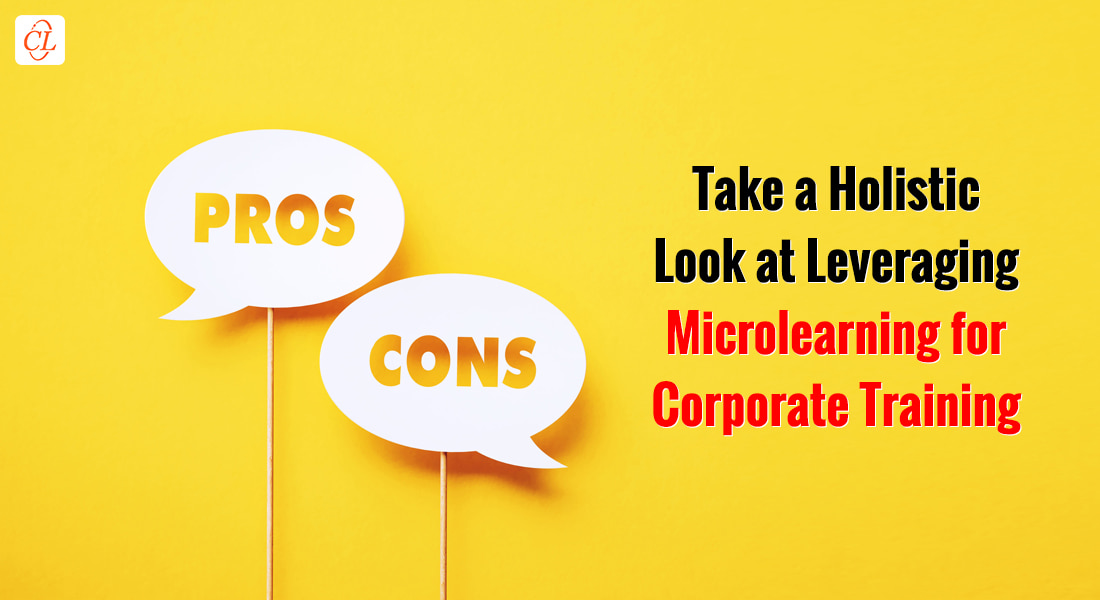Top 5 Ways Microlearning Improves Your Application of Skills at Work

Although Microlearning has been around for ages, it has recently become more popular in corporate circles. Organizations are looking for ways to improve their employees’ performance while still ensuring they have time to get the job done.
Microlearning allows people to learn on their own time in small chunks, which is useful because it doesn’t take up much time or require much commitment from learners.
Improve Your Skills with Microlearning!
Here’s how it helps:
- Allows application in practical scenarios
- Facilitates better knowledge retention and recall
- Improves decision-making skills
- Enhances learner engagement
- Encourages self-paced learning
In this article, we’ll explore some of the ways microlearning improves application of skills at work. Stay with us to learn more about microlearning and how it improves outcomes.
Microlearning Formats
Microlearning is the new trend in online learning, and for good reason. It’s a great way to make learning more engaging, and it can help you get through material faster than traditional courses.

Access Recording: Understanding Microlearning – What It Is and What It Isn’t [Webinar]
Top 5 Ways Microlearning Improves Application of Skills at Work
Microlearning is a method of learning that takes place in short bursts, as opposed to traditional learning methods that take place over longer periods of time. It’s a great way to acquire new skills and apply them on the job—because you’re practicing them right away.
Some of the ways microlearning improves application of skills at work include:
Allows Application in Practical Scenarios
Microlearning enables learners to acquire knowledge and skills in small, digestible chunks that are immediately applicable to practical scenarios. By breaking down complex concepts into bite-sized pieces, learners can quickly absorb and retain information, and then apply it in real-world situations. This approach also allows for just-in-time learning, where learners can access relevant information on-demand when they need it most, leading to improved performance, productivity, and overall success.
Facilitates Better Knowledge Retention and Recall
Microlearning is a learning method that uses short, engaging content to deliver information in a way that is easy for learners to absorb and retain. It can be presented in many different ways, including videos, audio, infographics, interactive PDFs, etc. Primarily, microlearning allows you to break down complex concepts into bite-sized pieces that are easy for your employees to understand and retain.
This means that instead of having one long training session where employees might not take in all the information they need or want to know, they can learn new skills and information at their own pace and time through microlearning.
This learning method fits into the busy schedules of modern professionals perfectly. They don’t need to spend hours learning something new; they just want quick bursts of information that they can use immediately on the job.
Improves Decision-making Skills
Decision-making is one of the most important skills a person can learn. It allows you to see beyond the surface and make sure your decisions are well-informed and based on fact instead of opinion. There’s no better way to learn critical thinking than through microlearning.
Microlearning gives learners immediate feedback on their performance and knowledge retention, allowing for real-time development of decision-making skills without waiting for the end of a training session.
Enhances Learner Engagement
Learner engagement is an important aspect when it comes to ensuring effective and positive training ROI. And microlearning helps you enhance learner engagement by delivering bite-sized, interactive, and concise content that captures learners’ attention and sustains their interest. It short duration of training modules prevent cognitive overload and boredom, resulting in increased motivation and retention.
Moreover, it encourages active participation through interactive elements such as quizzes, games, etc., that promote knowledge application and self-assessment. Microlearning also leverages multimedia assets such as videos, audio, graphics, and animations to make the learning experience more immersive and engaging. By facilitating a personalized and interactive learning experience, microlearning promotes a sense of ownership and autonomy among the learners that fosters sustained interest and deeper learning, thereby boosting learner engagement.
Encourages Self-paced Learning
Microlearning is an effective method that encourages self-paced learning as it allows learners to consume training content at their own speed and convenience. By presenting information in small, bite-sized nuggets, learners can absorb and retain knowledge more easily, and progress at a pace that suits their individual learning styles and preferences.
Moreover, microlearning also provides learners with the flexibility to access learning material when it is most convenient for them. It can be during a break at work or on their daily commute. By empowering learners to take control of their own learning journey, microlearning encourages self-directed and self-motivated learning, leading to increased engagement and better learning outcomes.
To Sum It Up!
As you can see, microlearning is a great way to help your employees learn new skills and apply them in real-world situations. It’s easy to implement, allows for immediate feedback, and can be done anytime and anywhere. Since it uses short bursts of information rather than long training sessions or lectures, it also has a lower barrier to entry than traditional methods. Give it a go and see positive results. To ensure successful results, you first need to implement microlearning in your corporate training in the right manner. Check out this informative eBook to know where microlearning fits in your learning strategy!
Editor’s note: This post was originally published in March 2023 and has been updated for comprehensiveness.





